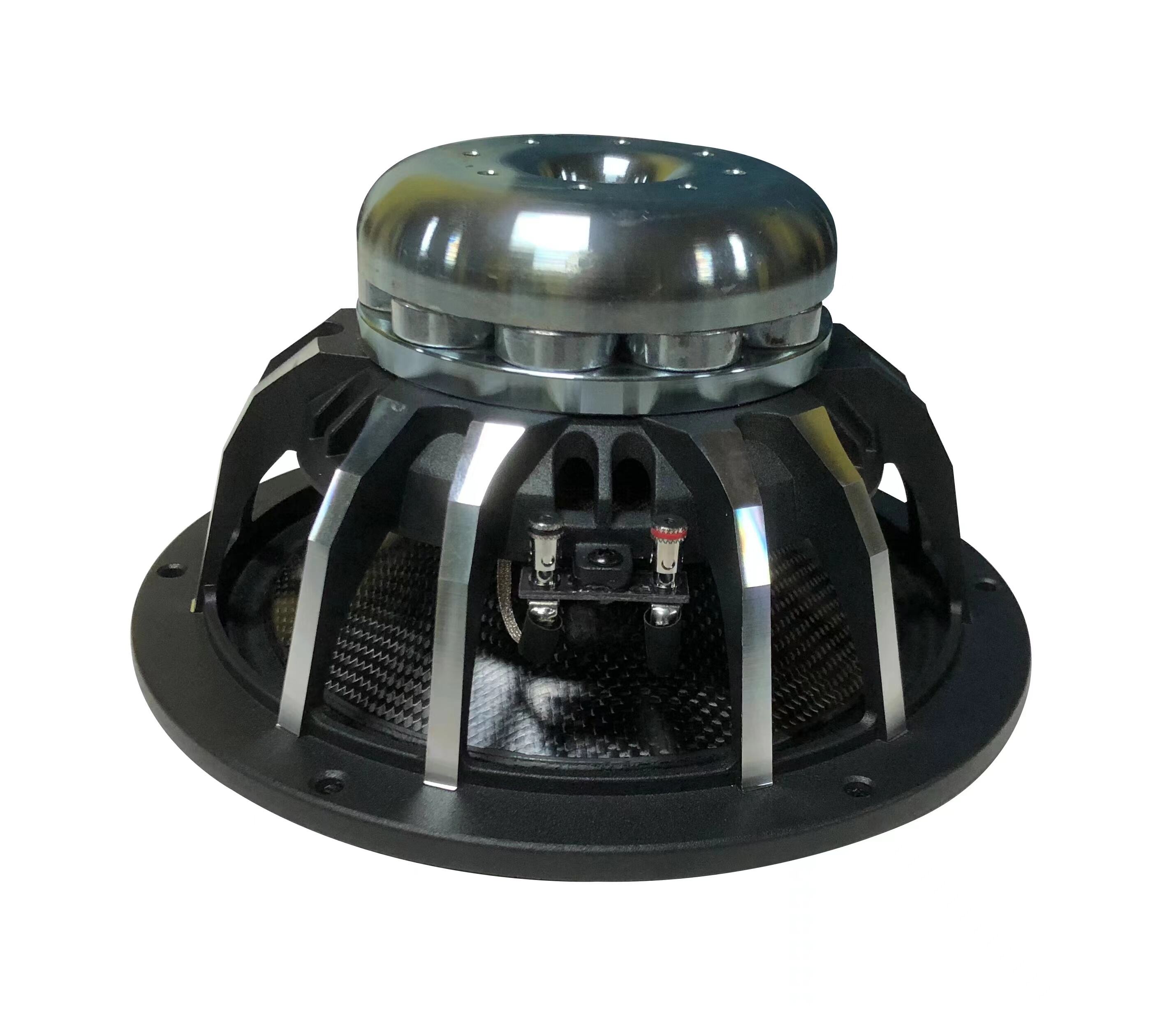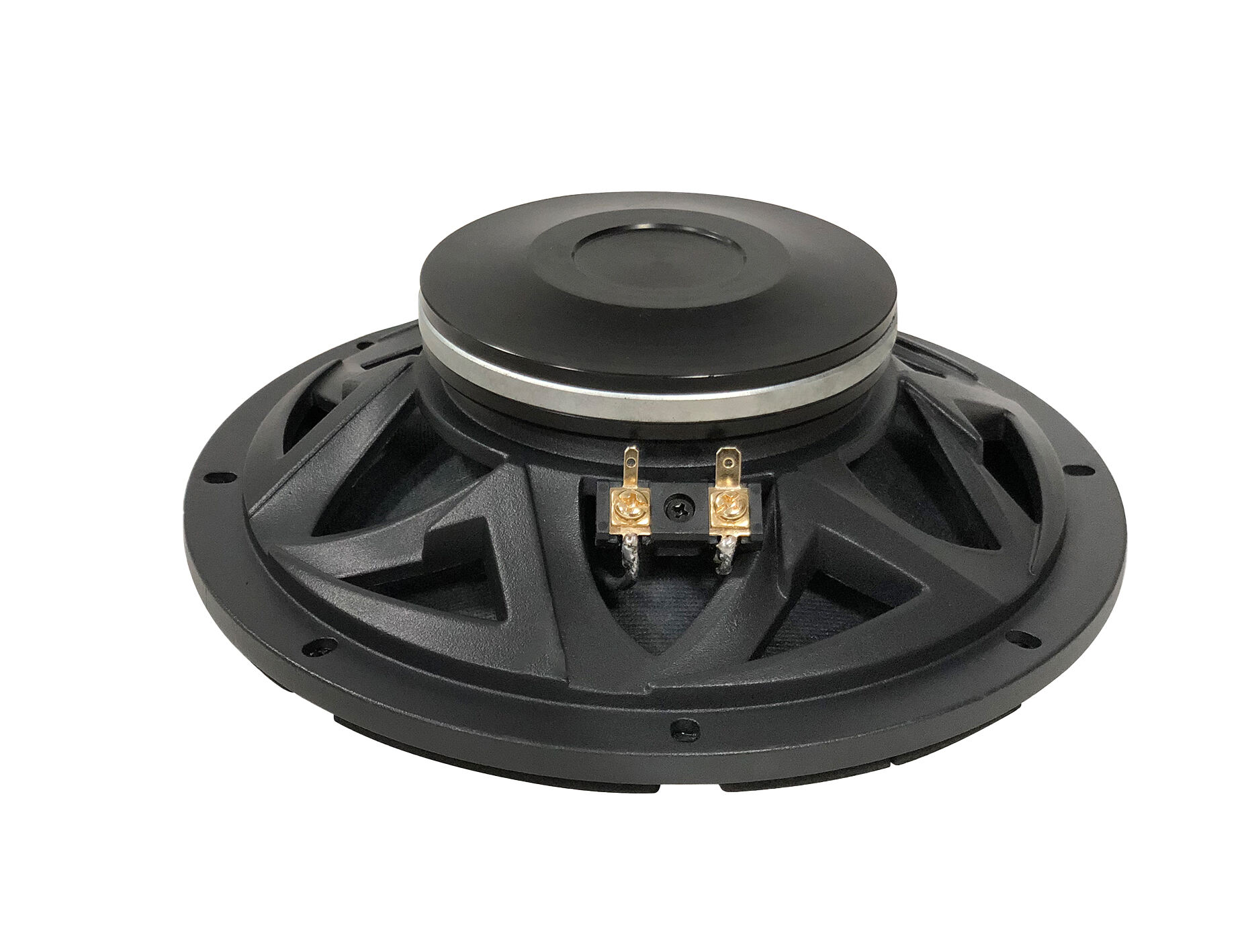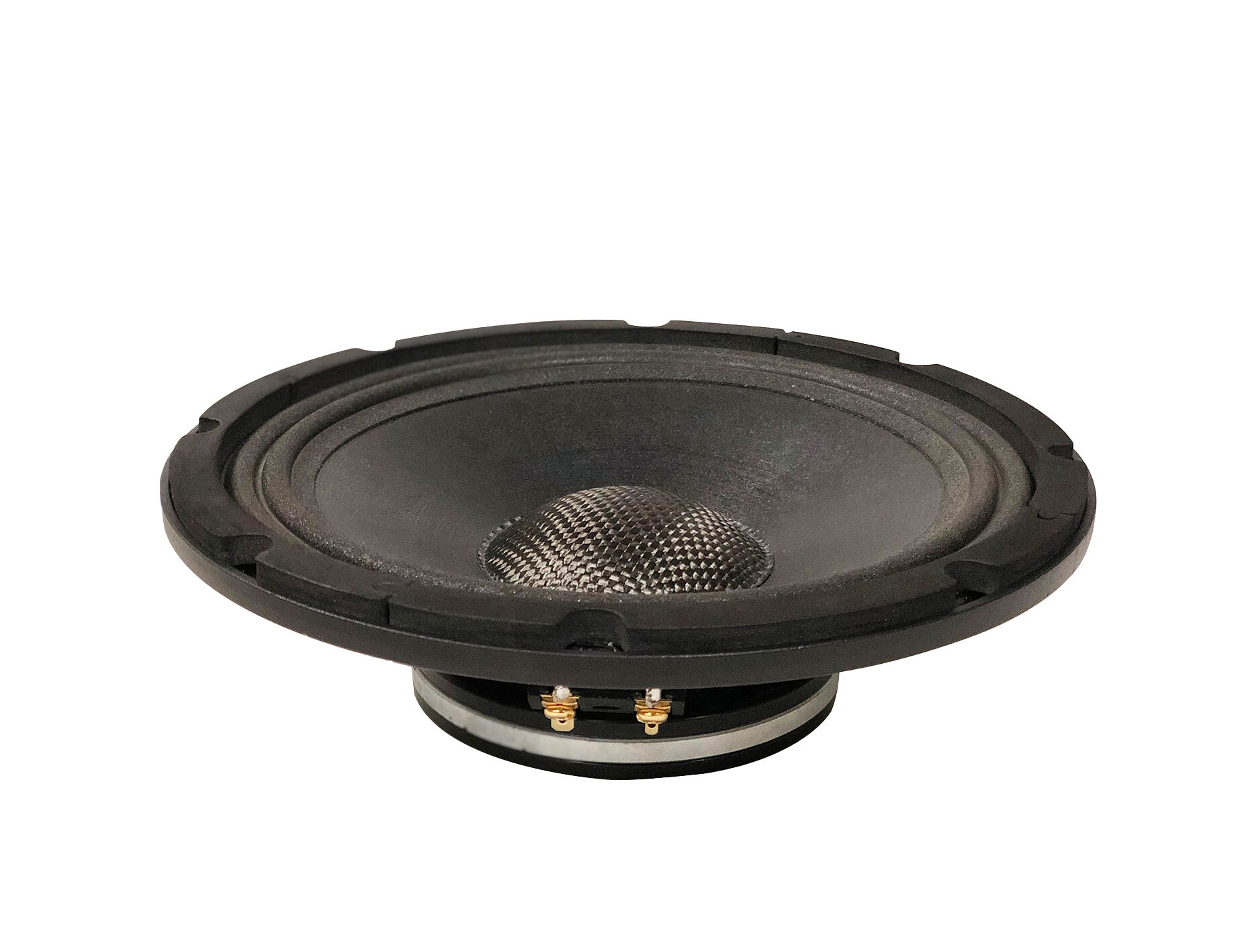A sound system is only as good as its individual components, and the midrange speaker for sound system is a critical part that can significantly impact the overall sound quality. Whether it's a home theater system, a PA (Public Address) system, or a car audio system, the midrange speaker plays a vital role in reproducing the mid - frequency range of sound. In a sound system, the midrange speaker needs to work in harmony with other speakers, such as woofers and tweeters. This requires precise crossover design. The crossover network in a sound system is responsible for dividing the audio signal into different frequency bands and sending each band to the appropriate speaker. For the midrange speaker, the crossover ensures that it receives only the frequencies within its optimal range, typically between 200 Hz and 2,000 Hz. A well - designed crossover network minimizes interference between the speakers and ensures a smooth transition between the frequency ranges, resulting in a cohesive and balanced sound output. Power handling capacity is also an important consideration for midrange speakers in sound systems. The power requirements of a sound system can vary depending on the application. For example, a large - scale PA system for a concert may require midrange speakers with high power handling capabilities to produce loud and clear sound over a large audience. On the other hand, a home theater system may have more modest power requirements. Midrange speakers are rated for their continuous power handling and peak power handling. Continuous power handling refers to the amount of power the speaker can handle continuously without damage, while peak power handling is the maximum amount of power the speaker can handle for short periods. It's important to choose a midrange speaker with a power handling capacity that matches the power output of the amplifier in the sound system to avoid distortion or damage to the speaker. Soundstage and imaging are also enhanced by a good midrange speaker in a sound system. Soundstage refers to the perceived spatial location of the sound sources within the audio. A well - designed midrange speaker can create a wide and accurate soundstage, making the listener feel as if they are in the middle of a live performance. Imaging, on the other hand, is the ability of the speaker to accurately place individual sound sources within the soundstage. Midrange speakers with good imaging capabilities can clearly separate different instruments and vocals, resulting in a more immersive and engaging listening experience. Additionally, the enclosure design of the midrange speaker can also affect the soundstage and imaging. A properly designed enclosure can reduce unwanted reflections and resonances, allowing for a more focused and precise sound reproduction.


